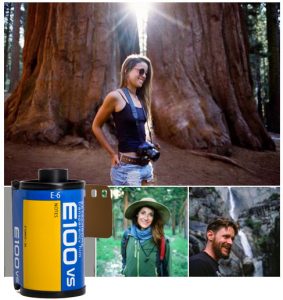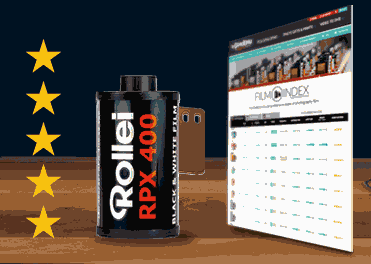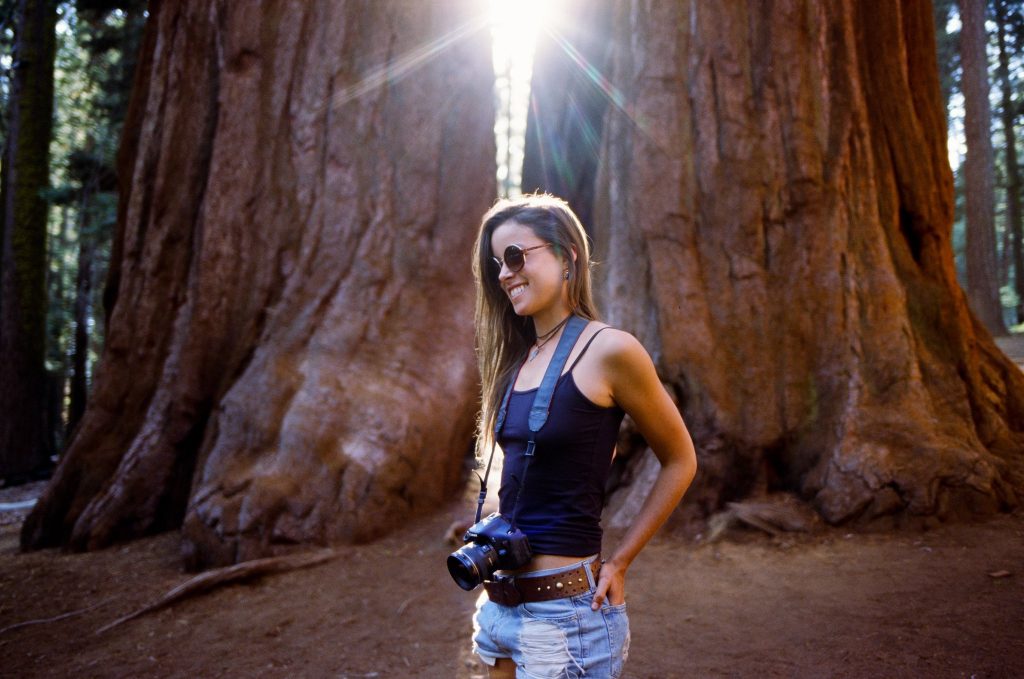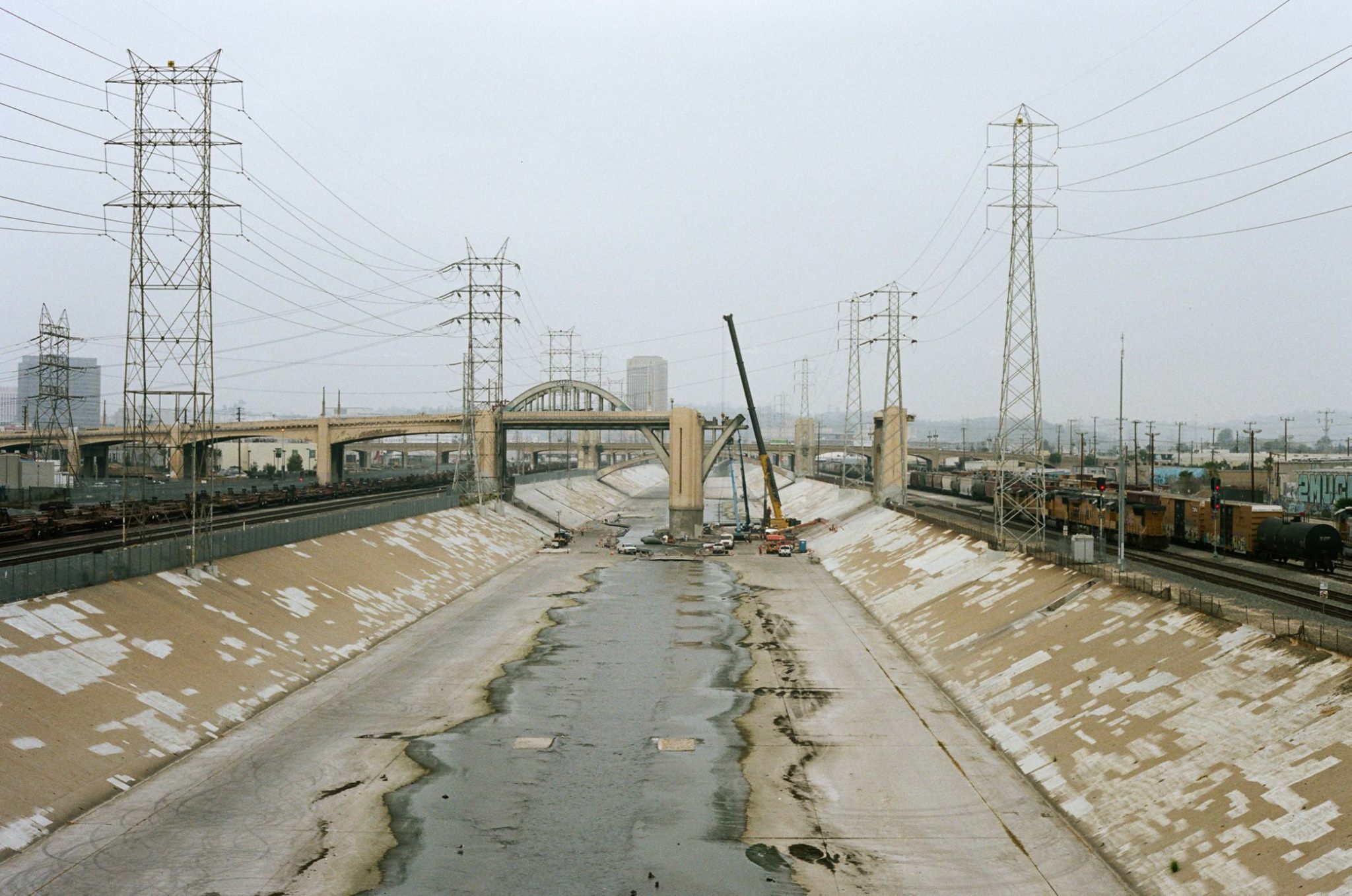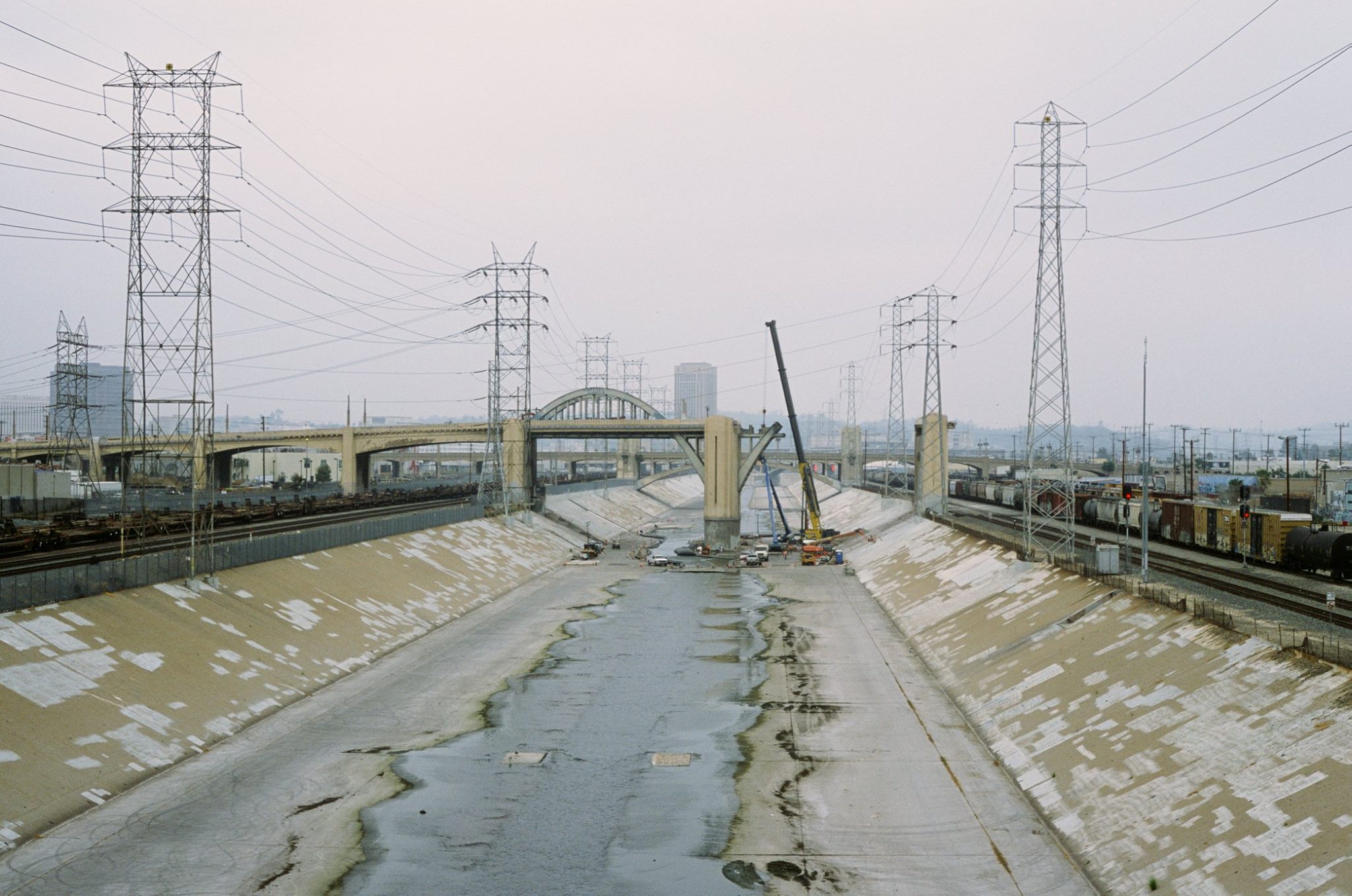More on: Transparency and E-6 Slide Film Processing | Slide Film Types
Color negative film offers a wider range of ISO speeds, has better exposure latitude, and overall is a much more forgiving film than slide film. E6 Slide film typically has a lower ISO with extremely fine grain, vivid colors. While it doesn’t have the exposure latitude of color negative film, getting the exposure will render very beautiful and lifelike images.
See slide film and color negative comparisons below.
Regarding longevity, C-41 is more likely to degrade than E-6, and due to the long-term instability of dyes, C-41 negatives can fade or color-shift over time.
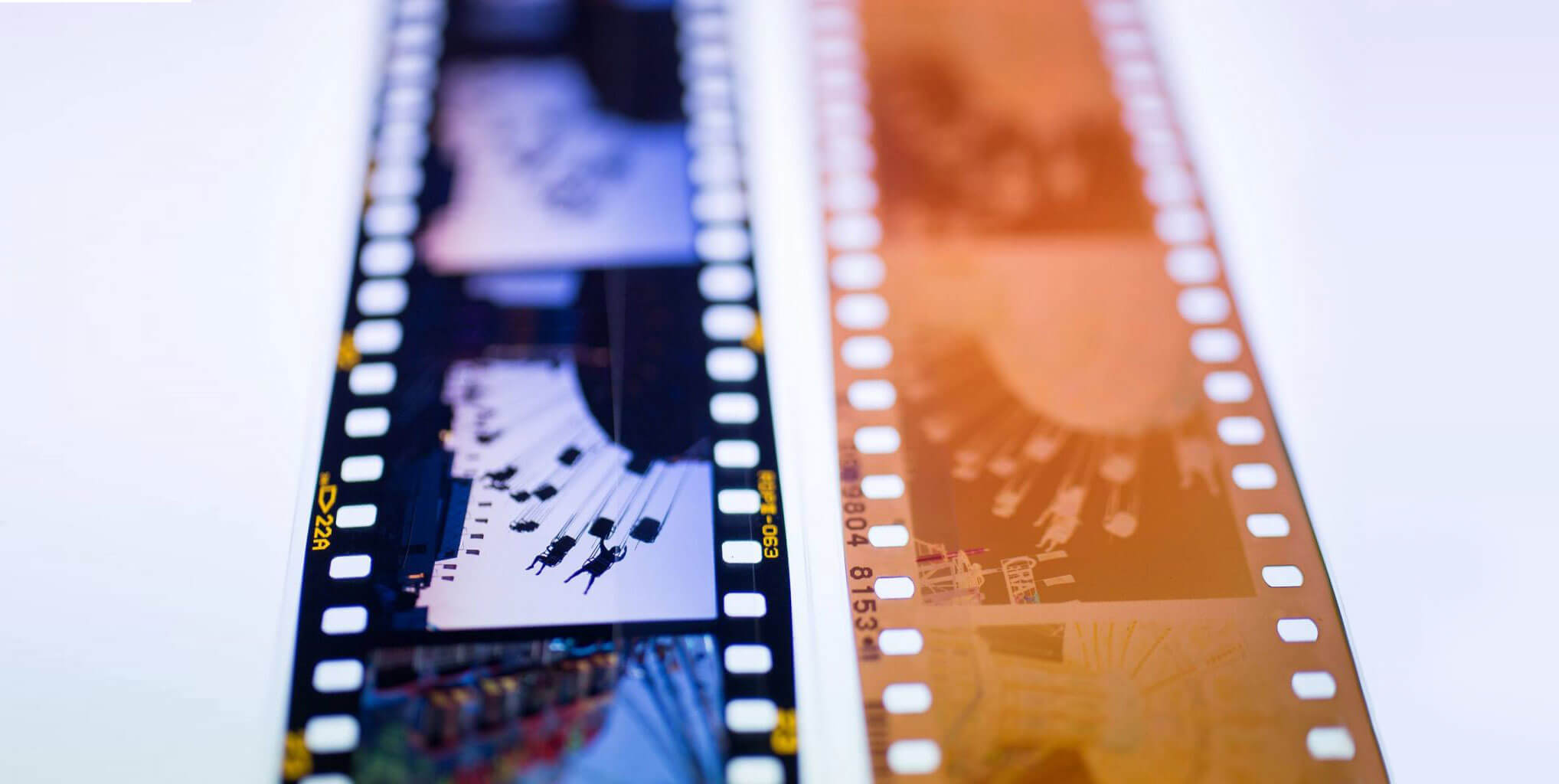
From our Facebook wall, Let’s shoot slide film again makes a case for E6 Slide film, and present some good points. They state that “…reversal / transparency/slide film has been the preferred film type by professionals and enthusiasts for decades. The main reasons for that:
- Reversal film not only offers finer grain but also significantly higher resolution and better sharpness.
- Slide projection gives you an absolutely unsurpassed image quality (resolution, sharpness, color brilliance, depth/3D-effect) at big magnification factors. Digital projection cannot compete at all because of the extremely low resolution of digital projectors (much much lower than slide projectors), worse colors, and no depth/flatness of the pictures. Slide projection is also much much cheaper than digital projection. The costs of slide projection are negligible
- Better versatility and flexibility with reversal film: many more ways to use and enjoy it. You already have a finished picture with the developed film, so you only need to hold it against the light to enjoy them. For smaller magnification, you can use a slide viewer or a slide loupe on a light table (outstanding quality with an excellent slide loupe, much better than any (scanned) image on a computer monitor). You can project it for unsurpassed image quality at almost no cost. You can scan it and make excellent prints on silver-halide photo paper. You can make optical prints on BW direct positive paper. In comparison color, negative film is designed for prints only, so much fewer choices.
- With reversal film, you always have a color reference, which makes scanning much easier. Just look at the original slide and you know how the scan has to look (impossible with color negative film, our brain cannot convert the colors precisely).
- As most scanners (except real drum scanners with photomultipliers) are emphasizing grain by scanner noise you benefit from the finer grain of reversal films in the scan process.
- Concerning dynamic range: Yes, it is lower than negative film. But it is big and sufficient enough for about 95% of the scenes. And when the contrast in the scene seems too high, it is easy to manage the high contrast by using either fill-in flash (works excellently), or a fill-in reflector, or a neutral gradual filter (very well-proven method in landscape photography), a polarizer, or by using pre-exposure / pre-flashing. Reversal film is a unique photographic medium with unique advantages and characteristics. It cannot be replaced. Let’s shoot it, keeping it alive and kicking 🙂 .”
Slide Film and Portraits
Slide film is known for its vivid colors and extremely fine grain which can be great for portraiture. When shooting slide film remember that it doesn’t have nearly as much exposure latitude as the color negative film, so be sure to meter accurately and pay close attention to the lighting of your subject.
Below are some portraits were taken with multiple different types of slide film. Photos by: Trev Lee
Kodak Tri-X v Ilford HP5
Film v Digital
Lomography’s Six B&W Film Stocks compared
Ektachrome v FujiFilm
$200 Canon Canonet v $5,000 Leica Rangefinder
Kodak Portra 400 vs. FujiFilm Provia 100f
One of these is Kodak Portra 400 and the other is FujiFilm Provia 100f. Portra is Color Negative and Provia is E-6 slide film – both are great film that produces beautiful results but as you can see, have a very different look. Which is which and what film do you prefer? Portra (color negative film) has a much high range of exposure latitude than the E-6 Provia slide film but on an evenly lit overcast day it’s much harder to tell a difference between the two. Can you tell which is which? (Hint – Portra is a warmer film!)
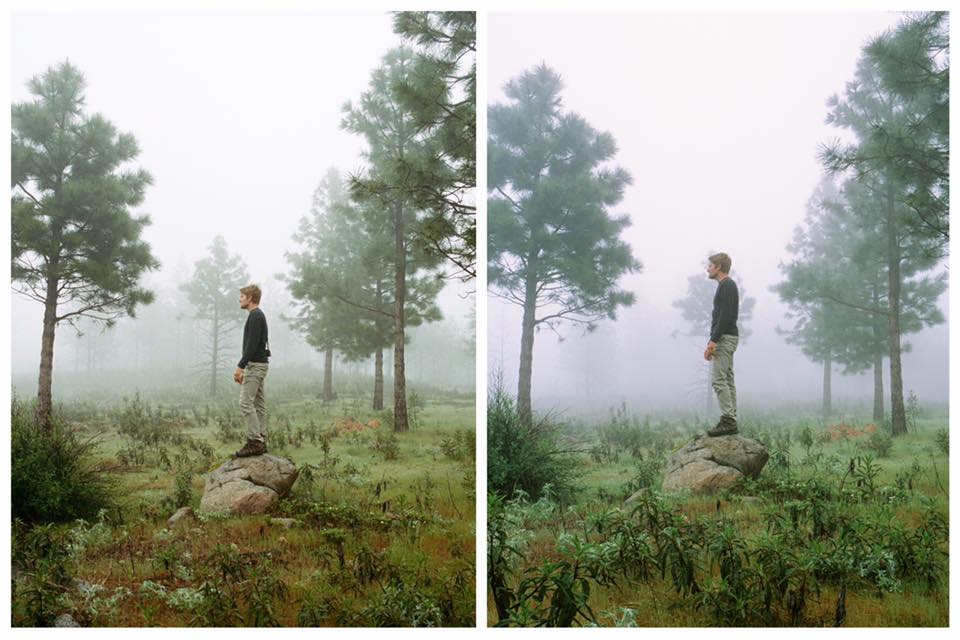
Portra 160 vs. Provia 100F





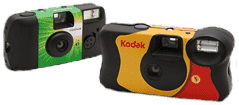
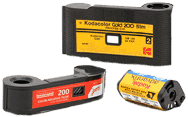
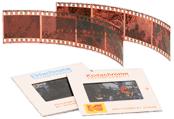
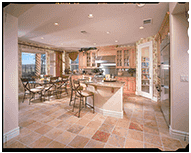


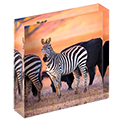
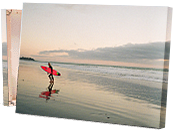
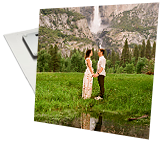
 Gift Cards
Gift Cards Film Index
Film Index FAQ
FAQ Desktop Framed Prints
Desktop Framed Prints